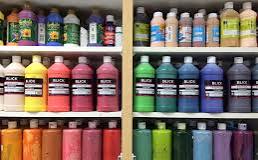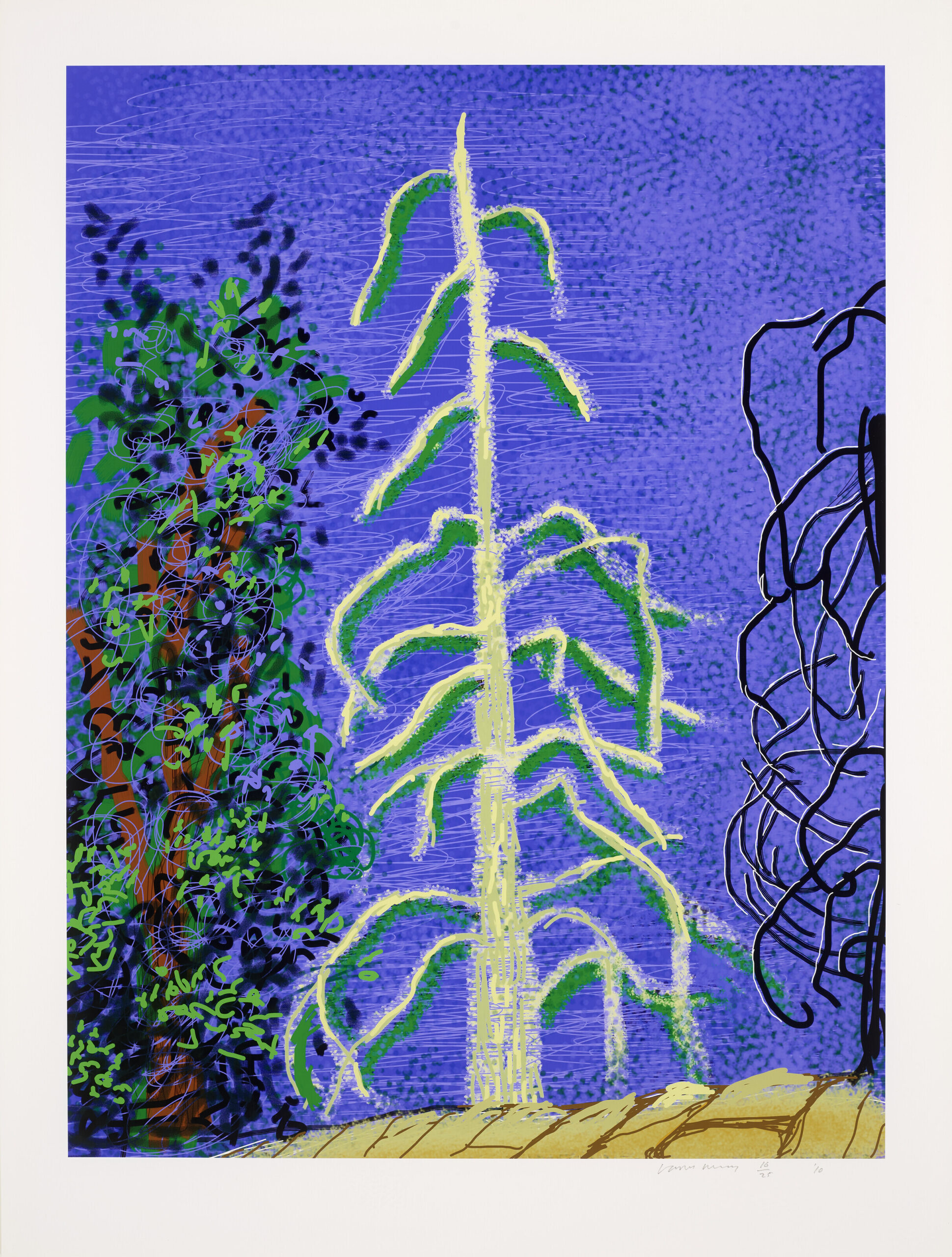The Art of Tempera Paint: A Timeless Medium
Tempera paint, a medium with ancient roots, continues to captivate artists and art enthusiasts with its unique qualities and rich history. Dating back to ancient Egypt and Greece, tempera paint has stood the test of time as a versatile and enduring medium for creating stunning works of art.
The Origins of Tempera Paint
Tempera paint is a type of paint that consists of pigment mixed with a water-soluble binder, often egg yolk. This combination results in a fast-drying and durable paint that can be applied to various surfaces, including wood, canvas, and paper. The use of tempera paint dates back to antiquity when it was commonly used in frescoes and panel paintings.
The Characteristics of Tempera Paint
One of the defining characteristics of tempera paint is its luminous quality and smooth finish. Artists appreciate the fine detail and precision that can be achieved with tempera due to its quick drying time and ability to layer colors effectively. Additionally, tempera paint is known for its long-lasting vibrancy, making it an ideal choice for artworks intended to stand the test of time.
Modern Applications of Tempera Paint
While tempera paint has a long history in traditional art forms such as icon painting and religious art, contemporary artists continue to explore its potential in new and innovative ways. From realistic portraiture to abstract compositions, tempera paint offers artists a versatile medium for expressing their creativity and vision.
Exploring the Beauty of Tempera Paint
Whether you are an experienced artist or a beginner exploring different mediums, tempera paint offers a unique opportunity to create artworks that are both timeless and captivating. Its rich history, luminous quality, and lasting vibrancy make it a medium worth exploring for anyone passionate about the art-making process.
8 Essential Tips for Mastering Tempera Paint Techniques
- Shake the tempera paint bottles well before use.
- Use a palette to mix and blend different colors of tempera paint.
- Apply thin layers of tempera paint for faster drying times.
- Clean brushes immediately after use to prevent the paint from drying on them.
- Experiment with different brush sizes and shapes to create various effects.
- Mix tempera paint with water for a more translucent effect.
- Avoid using too much water as it can affect the consistency and vibrancy of the paint.
- Store tempera paints in a cool, dry place away from direct sunlight.
Shake the tempera paint bottles well before use.
To ensure optimal consistency and color saturation in your artwork, it is important to shake the tempera paint bottles well before use. By shaking the bottles thoroughly, you help mix the pigments evenly with the binder, resulting in a smooth and vibrant application of paint. This simple tip can make a significant difference in the quality of your work, allowing you to create with confidence and precision using tempera paint.
Use a palette to mix and blend different colors of tempera paint.
When working with tempera paint, it is advisable to use a palette to mix and blend different colors effectively. The palette serves as a convenient surface for combining various hues and adjusting the color intensity as needed. By utilizing a palette, artists can experiment with different color combinations, create custom shades, and achieve smooth transitions between colors in their artworks. This practice not only enhances the creative process but also allows for greater control over the final outcome of the painting.
Apply thin layers of tempera paint for faster drying times.
To expedite the drying process when working with tempera paint, it is advisable to apply thin layers of paint. By using thin coats of tempera paint, artists can achieve faster drying times, allowing for more efficient layering and detailing in their artwork. This technique not only helps in speeding up the overall painting process but also ensures that each layer dries evenly, resulting in a smoother and more polished finish.
Clean brushes immediately after use to prevent the paint from drying on them.
It is essential to clean brushes immediately after using tempera paint to prevent the paint from drying on them. Cleaning brushes promptly helps maintain their quality and prolongs their lifespan. By removing the paint residue before it dries, artists can ensure that their brushes remain in optimal condition for future use. Proper care and maintenance of brushes are crucial in preserving their effectiveness and ensuring smooth application of paint in artistic endeavors.
Experiment with different brush sizes and shapes to create various effects.
To enhance your artistic expression with tempera paint, consider experimenting with a range of brush sizes and shapes. By varying the tools you use, you can achieve a diverse array of effects in your artwork. Larger brushes may be ideal for broad strokes and blending colors seamlessly, while smaller brushes can help you add intricate details and textures to your compositions. Different brush shapes, such as flat, round, or angled brushes, offer unique opportunities to explore different techniques and styles in your painting. Embracing this tip allows you to unleash your creativity and unlock the full potential of tempera paint in creating visually captivating and dynamic artworks.
Mix tempera paint with water for a more translucent effect.
To achieve a more translucent effect with tempera paint, consider mixing it with water. By diluting the paint, you can create subtle layers of color that allow light to pass through, resulting in a delicate and ethereal quality to your artwork. Experimenting with the water-to-paint ratio will give you control over the transparency of the paint, allowing you to create depth and luminosity in your compositions. This technique is especially useful for creating soft gradients and subtle washes that add a sense of depth and dimension to your paintings.
Avoid using too much water as it can affect the consistency and vibrancy of the paint.
When working with tempera paint, it is essential to avoid using excessive water, as it can have a significant impact on both the consistency and vibrancy of the paint. Adding too much water can dilute the pigment, leading to a loss of intensity in color and affecting the overall quality of the artwork. By carefully controlling the amount of water used when mixing tempera paint, artists can maintain the desired consistency and ensure that the colors remain vibrant and true to their original form on the canvas or surface.
Store tempera paints in a cool, dry place away from direct sunlight.
It is important to store tempera paints in a cool, dry place away from direct sunlight to maintain their quality and longevity. Exposure to heat and sunlight can cause the paint to deteriorate, affecting its color vibrancy and consistency. By storing tempera paints properly, artists can ensure that their paints remain in optimal condition for future use, allowing them to create beautiful artworks with vibrant colors and smooth finishes.




